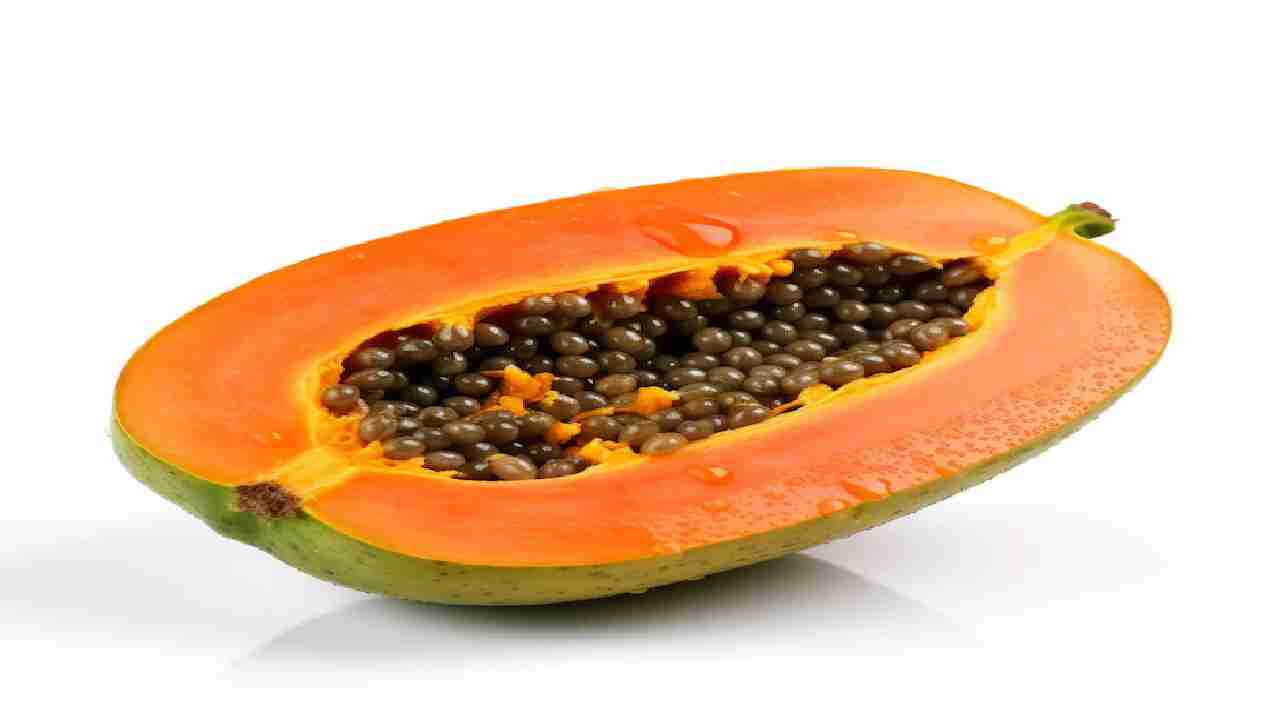Papaya, with its rapid growth and versatile uses, holds a significant place in the realm of fruits. It is not only a source of deliciousness but also a lucrative crop for farmers. This guide explores the nuances of papaya cultivation, from soil preparation to harvesting, offering insights to enhance yields and profits.
The Importance of Papaya Farming

known for its quick yield, has various applications. From jams and beverages to ice cream and syrups, papaya is a versatile fruit. Its seeds are also valuable for medicinal purposes, and the raw fruit is commonly used in cooking. With its high demand in the market, cultivating papaya can be a profitable venture.
Optimal Soil and Climate Conditions

To ensure a successful Papita harvest, the soil’s pH level should be between 6.0 and 7.0. Light loamy or loamy soil with good drainage is ideal, promoting healthy root development. Papaya thrives in warm, tropical climates, with temperatures ranging from 38 to 44 degrees Celsius. The planting season is considered optimal between February, March, and October.
Advanced Varieties of Papaya

Various states in India, including Andhra Pradesh, Tamil Nadu, Bihar, Assam, Maharashtra, Gujarat, Uttar Pradesh, Punjab, Haryana, Delhi, Jammu and Kashmir, Uttarakhand, and Mizoram, engage in papaya cultivation. Advanced varieties such as Pant Papita-1, Pusa Dwarf, Red Lady 786, Honeydew, CO-1, CO-2, CO-3, Pusa Dwarf Solo, and more have been developed for enhanced yield and disease resistance.
Soil Preparation and Planting

- Field Preparation: Use a cultivator or harrow to plow the field 2-3 times to break the soil.
- Pit Size: Dig pits with dimensions of 2×2 meters at a distance of 50×50 centimeters.
- Aeration: Allow pits to remain open for 15 days for proper aeration and elimination of harmful pests and microbes.
- Planting: After pits are ready, plant papaya saplings and fill the pits with a mixture of soil, cow dung, and 50 grams of Aldrin.
- Irrigation: Water the pits after filling with the mixture.
Irrigation Techniques

Maintaining the right level of moisture in the soil is crucial for plants. Irrigation should be done every 10-15 days during the winter season and every 5-7 days during the summer. Modern drip irrigation techniques are recommended for efficient water management.
Harvesting and Thinning

- Harvesting Time: Plants typically bear fruit within 12-14 months. Harvest when the top part of the fruit starts turning yellow.
- Thinning: After harvest, remove healthy, uniform-sized fruits, leaving space for the remaining ones to grow.
Conclusion
Papaya farming, when done with precision and care, can yield abundant returns for farmers. From selecting the right varieties to employing modern irrigation techniques, every step contributes to the success of the crop. By following this comprehensive guide, farmers can not only meet the market demand but also elevate their agricultural practices for sustained prosperity.
Also Read – Watermelon Cultivation: A Guide to Successful Farming



